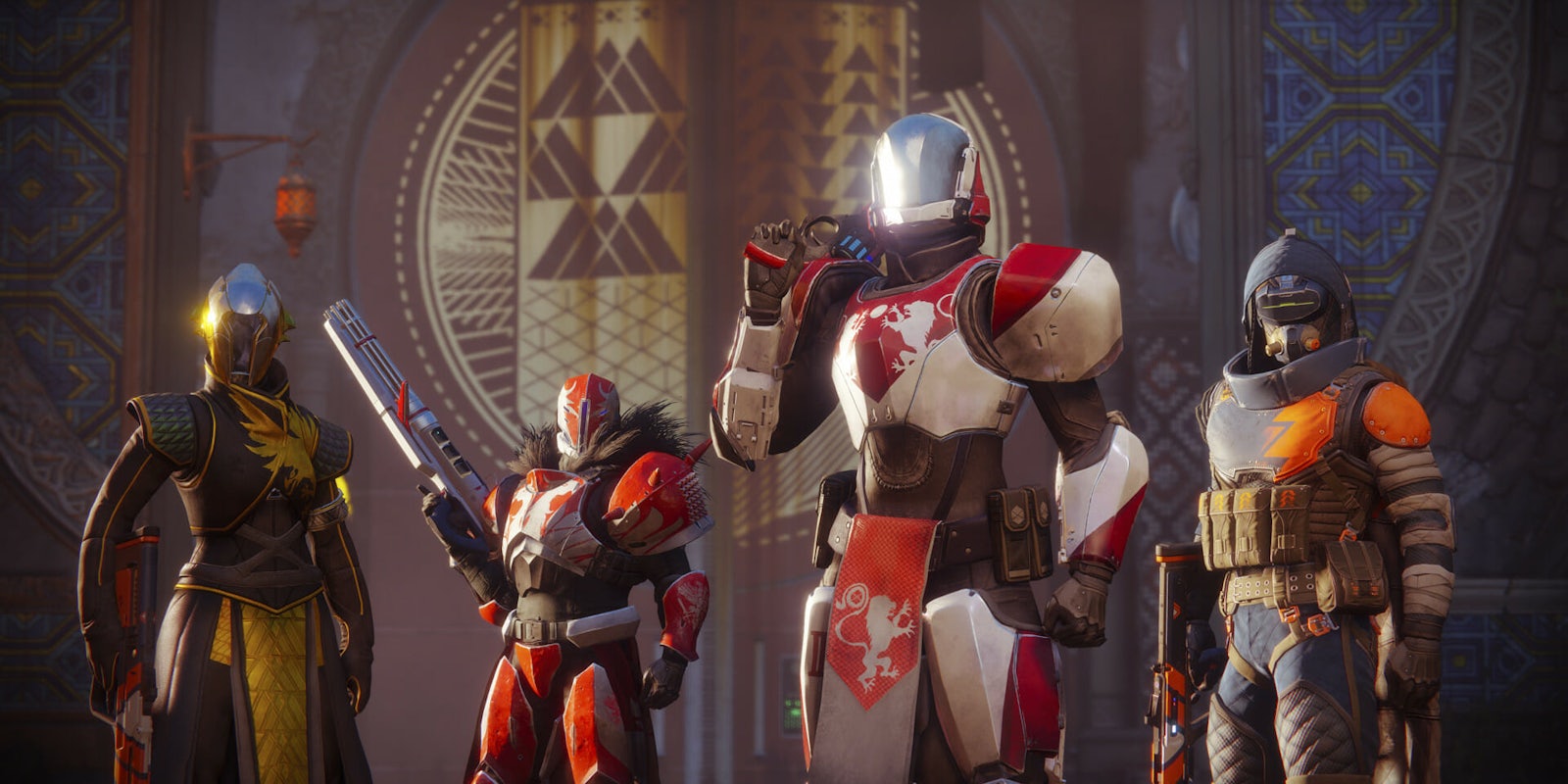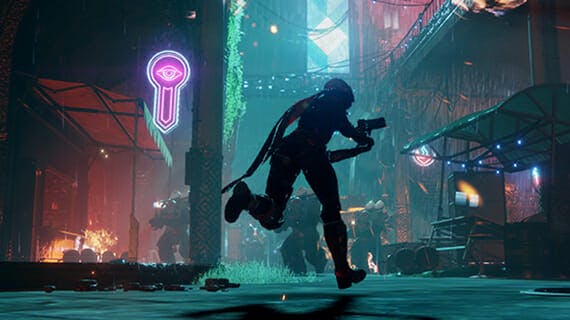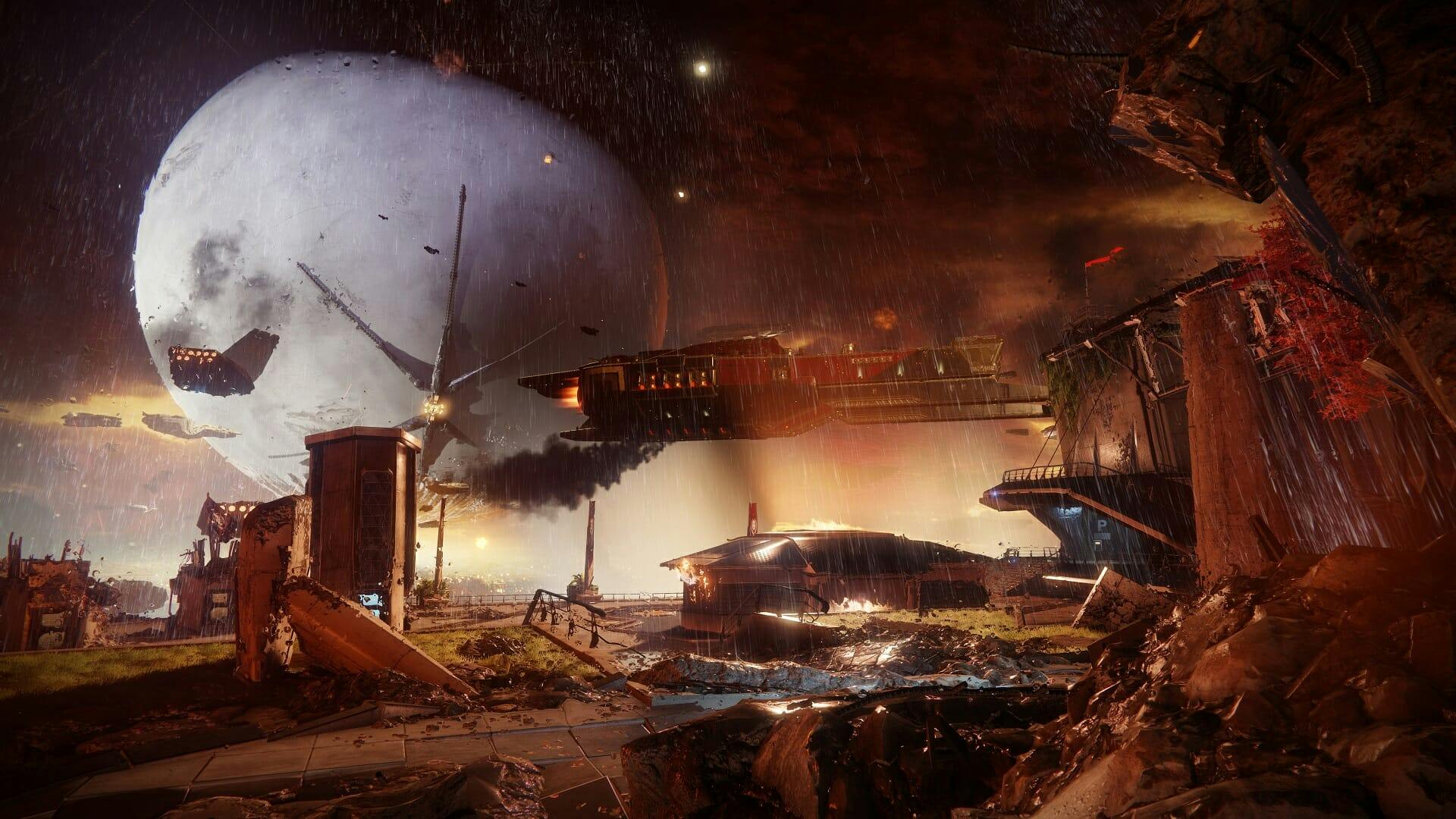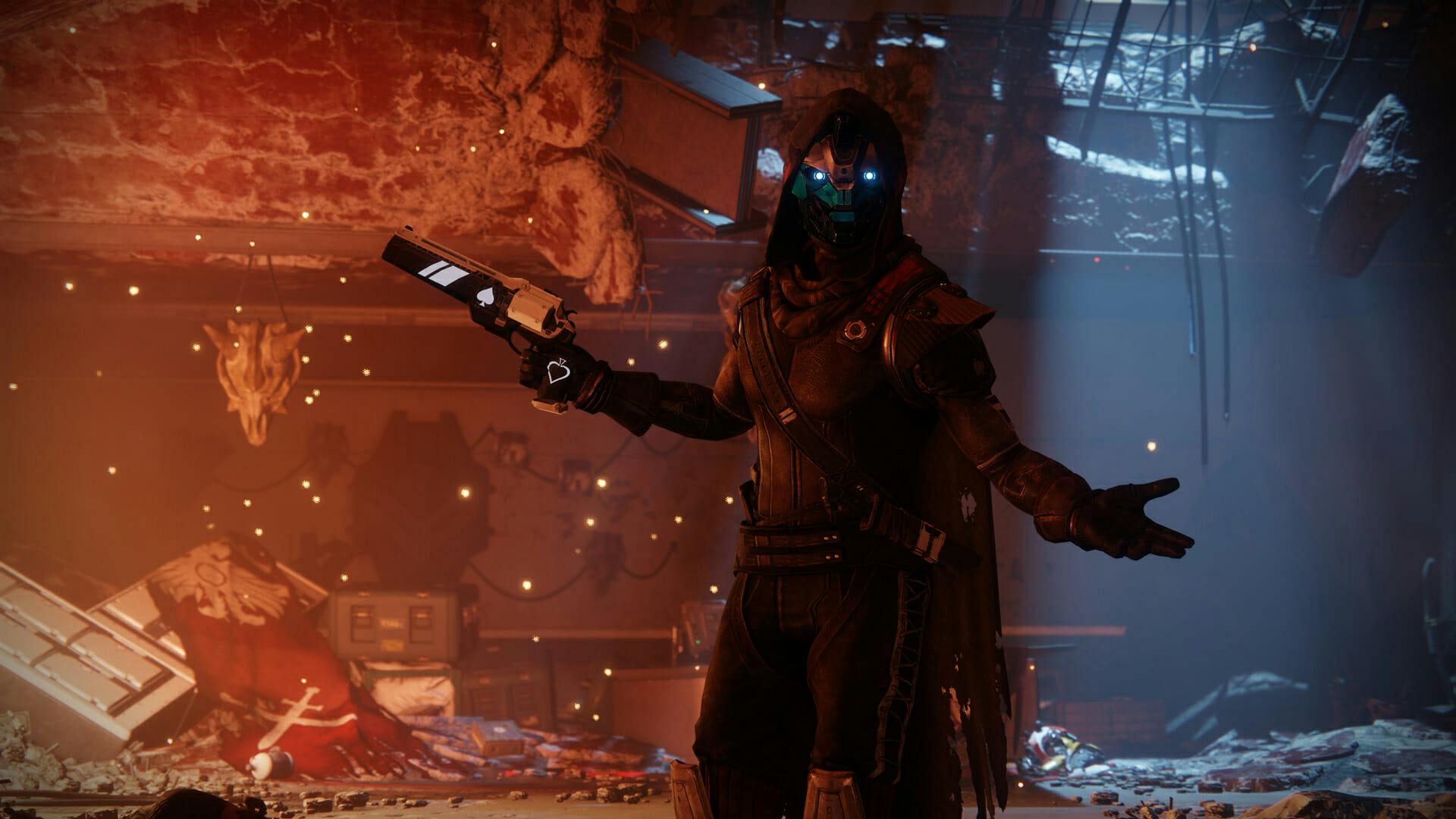For a franchise called Destiny, the story of this saga so far leaves much to be desired. Arriving in 2014, the first title promised players an endless world of adventure. Blending the online multiplayer trappings of World of Warcraft and the tight shooting found in the Halo series, Destiny seemed for many to be the last game they’d ever need to pick up.
Instead, Destiny became one of the biggest niche hits of the current generation. Many who came aboard at launch quickly bounced off the game’s repetitive quest structure, perhaps only to return for subsequent DLC drops or new cooperative missions. Only the most hardcore of Destiny players logged on every day, to grind away at the same raid and chase elusive loot.
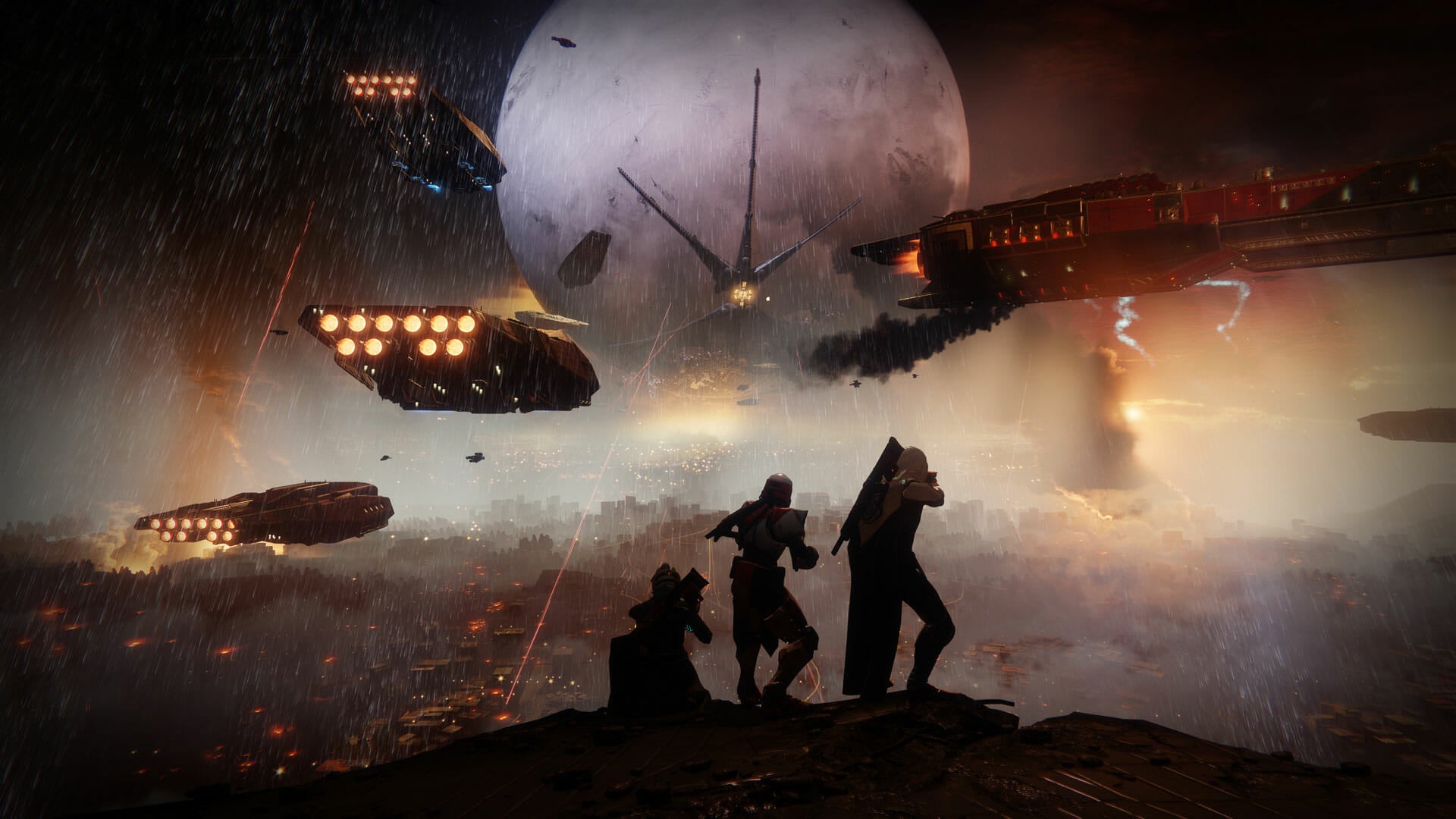
Maybe a Destiny 2 wasn’t what this dedicated community was looking for. Players who bought into the never-ending story of the first game found plenty to be satisfied with, and those who didn’t had already moved well past Bungie’s latest shooter.
In many ways, this sequel had a lot to prove. Diehard players of the original game had to be convinced why leaving behind all their gear and starting from square one was a good idea, while uninterested skeptics wanted more than just Destiny 1.5.
One of the most immediate improvements in Destiny 2 comes in the storytelling. While the first outing relegated backstory and lore to an encyclopedia hosted outside the game, the second smartly hits reset on the complicated happenings of the universe. For the uninitiated, this could be seen as the first chapter of a sprawling story. Fan-favorite characters are introduced with enough gusto to make a strong first impression, and nearly every important mechanic is explained by dialogue or an on-screen prompt.
The opening moments of the story spell doom for the galaxy’s protectors and their stronghold. A new and formidable foe, Dominous Ghaul, attacks the first game’s hub world and effectively wipes out the entire established narrative. Despair is conveyed in a compelling way as the player’s Guardian struggles to crawl their way through the rubble. With a rousing score, solid voice acting, and simple-but-straightforward cutscenes, Destiny 2 feels different than its predecessor because it has an actual story to tell.
It helps that players can point out the villain of the story, even if his motivations are generic. Allied characters serve few functions other than comedic quips and distributing new gear, but their bits of the story continuously keep the intergalactic stakes in perspective. Leaders like Ikora and Zavala are suffering through the dire consequences of failing to protect humanity, and the player’s purpose for grinding through wave after wave of alien hordes becomes even more apparent. Jumping between planets and drop zones has been streamlined too, and the structure of story missions is made to flow naturally amid a deluge of timed challenges and coordinated co-op.
Though the plot wraps up neatly by the end of the campaign, it feels like only the beginning of the real Destiny 2 experience. Even moreso than the first game, this shooter feels like an authentic social experience. Hub worlds are open, populated by questing Guardians looking for their next powerful piece of equipment. Destiny has always been better when played with friends, but this time doesn’t feel like it actively punishes solo players.
There is always a better gun to find, a stronger piece of armor, or a new bonus to stack onto your gear. Hitting the game’s cap of level 20 might seem like a long-term goal in the first few hours of Destiny 2, but by the time you’ve reached it, a whole new set of objectives reveal themselves.
Depending on your desired dedication to Destiny 2, the far-reaching goals can be clearly mapped out around that time. Finishing the story, running a Raid, and powering through some Crucible matches can net you nearly 30 hours of engaging AAA entertainment, with some of the tightest, most satisfying shooting gameplay to be found on the market. It’s hard to walk away from the basic Destiny 2 experience disappointed in what you’ve played, before even touching the social, stat-heavy emphasis of the endgame.
In its execution, high-level Destiny play has you spending hours to chase an incremental upgrade for your Guardian’s power level. Each piece of rare loot to be found offers unique advantages, and the breakneck speed at which your arsenal should change keeps the shooting feeling fresh, even when you’ve played through the same scenario a dozen times. You’ll find yourself running missions with multiple team makeups, testing your shiniest new toys, all the while working toward a small-but-meaningful reward.
For first-timers, Destiny 2 can make it difficult to define how you should spend your time. Strikes, Raids, Crucible matches, Adventures, and Challenges all play with different rules, even if the objective is as simple as point-and-shoot. The nuances of when to run with a coordinated fireteam or the benefits of joining a clan aren’t clearly spelled out, but are wholly essential to success. Likewise, the gear system and menus can be hard to decipher and tend to overwhelm.
There’s something to be said about how Destiny incentivizes the cosmetic and minuscule changes of its gear system, without making you feel too attached to what you’ve just earned. You’ll always need a stronger gun or a better piece of equipment, and that hunt defines the reason you’re likely to keep playing Destiny 2 long after the story ends.
Destiny 2 is available now on PlayStation 4 and Xbox One, and comes to PC on Oct. 27.
Score: 4/5
Disclosure: Our review copy of Destiny 2 was provided courtesy of Activision.

